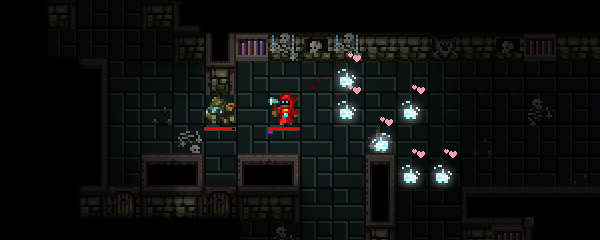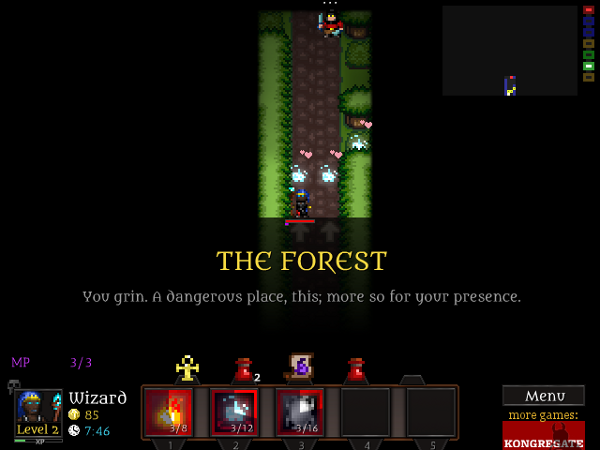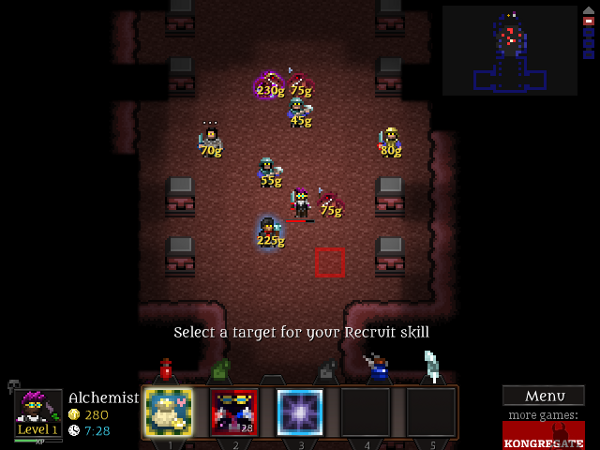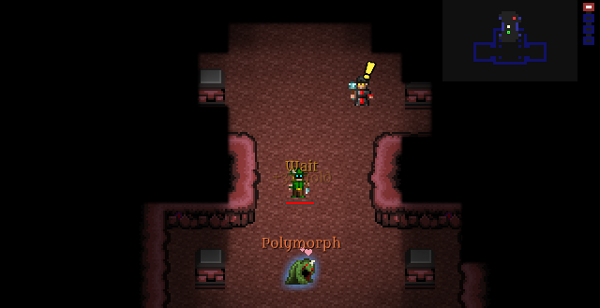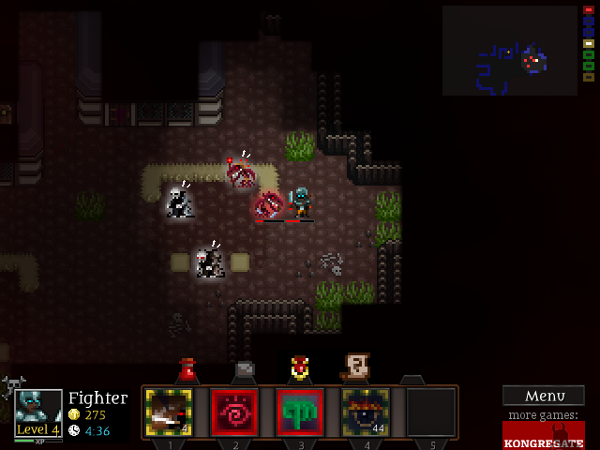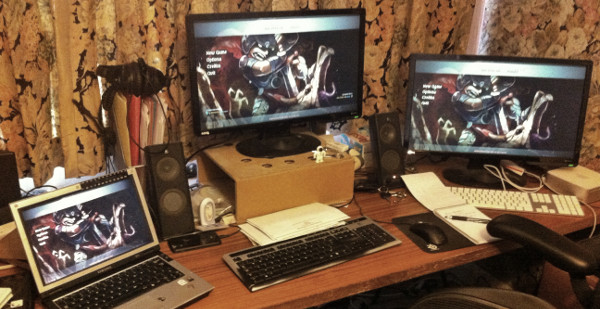A lot of the systems design stuff I do in building and balancing Cardinal Quest 2 is rooted in a certain way of looking at games. It’s based in making the game as a series of interesting decisions; something where you repeatedly get a few options to choose from, each with their merits and downsides, and you have to pick one definite path from the handful of possibilities.
The Civilization series exemplifies this approach. The entire way the game presents itself is to give you a list of options, you pick one, then the game shows you another list. Those countless decisions and the stories players weave around them support hundreds of hours of play. There are no doubt players who’ve made over a million of these choices in Civilization V and are still playing.
If you’re going to sustain a game through this many decisions and keep things interesting, you’ll need to show players entire systems full of different things they want—then tell them they can’t have everything. Reaching for certain things will seal other things away, possibly forever. You need to create these impossible, intractable tensions between all the things players want. When they click, these networks of tensions have the scent of solid design. Efficiently designed systems can ask you to navigate these tensions in countless ways, over and over.
These tensions are also fragile. Give players everything at once, even for a moment, and that part of the system collapses.
One game I’ve played recently that often veers towards doing exactly this is 2008’s Valkyria Chronicles.
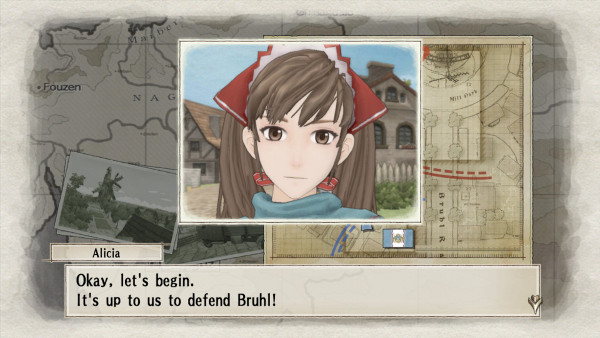
Continue reading »
